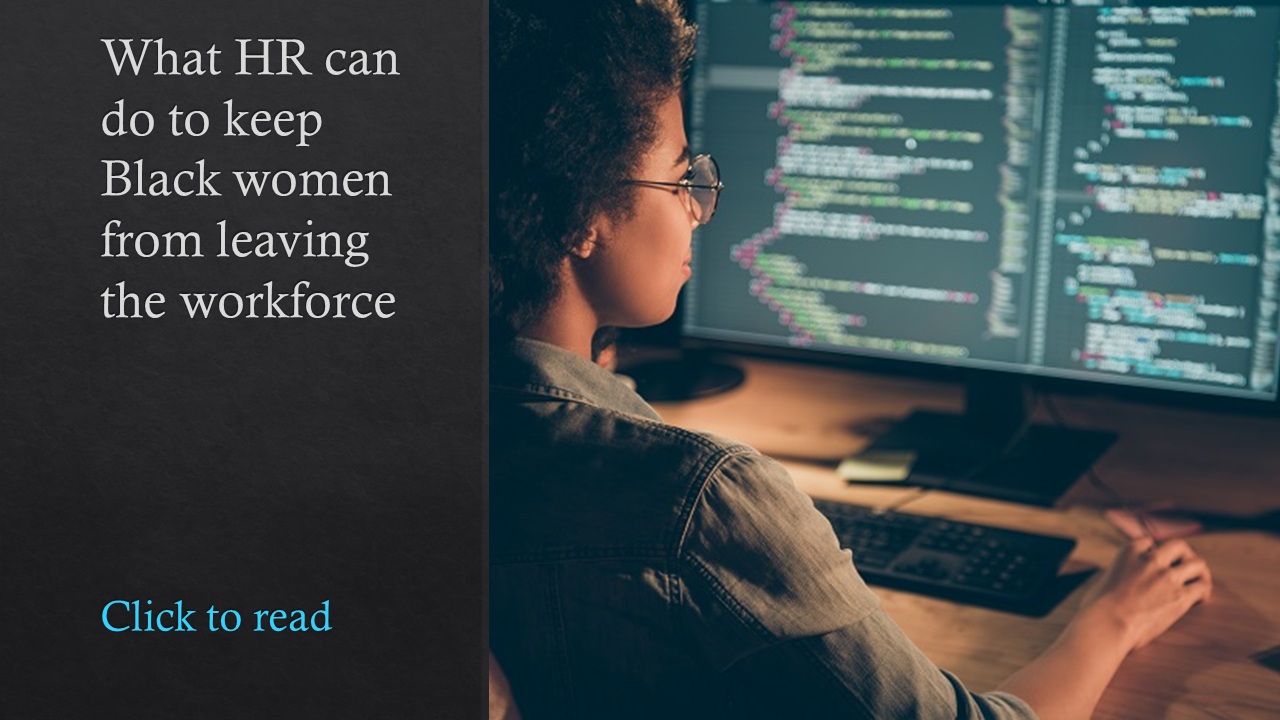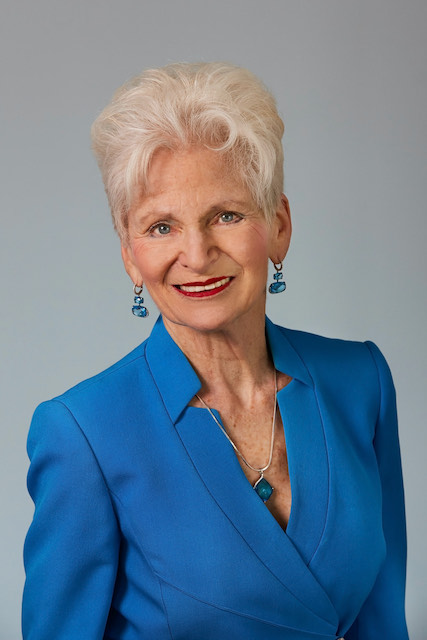Women’s Equality Day, marked on Aug. 26, is an opportunity to reflect on the more than 100 years of progress made since American women were given the right to vote. However, with the pandemic and ensuing reverberations prompting millions of women to leave the workforce and potentially dialing back progress on issues like pay equity, is there much to celebrate this year?
There has been some progress, notes Edie Fraser, CEO of Women Business Collaborative, a national nonprofit that advocates for equality for women in the workforce. For instance, in the last quarter of 2020, women comprised 41% of assignments for new public board seats, and about one-third of them were women of color. Over the entire year, women gained 2.3% of board seats for a total of 21.5%.
Women Business Collaborative partners are among those seeing progress, she adds: The board of GM, for example, is now 54% women, Progressive Insurance has reached gender parity on its board and the U.S. branch of Siemens has an entirely female board.
Increasing female representation in the C-suite is also an imperative for lasting equality for women in the workforce, Fraser says.
When the collaborative was founded three years ago, 5.7% of the Fortune 500 had women CEOs, a figure that has climbed to 8.4%. Fraser says the organization set a goal for that number to reach 10% by 2025 and are aiming to revise that closer to 2023.
What it means to HR leaders
HR leaders will be integral in continuing the progress that is being made—and staving off continuing fallout from the pandemic.
“While wrought with many intrinsic challenges, any good HR professional understands how critical their role is in creating a culture of equality and inclusion and belonging, as well as how critical a culture of equality is in attracting and retaining the best people,” Fraser says. HR leaders must “constantly advocate” for parity at every level of the organization, she adds—embedding diversity, equity and inclusion in everything from recruiting to rewards and benefits to mentorships.
 See also: Why working women need a ‘culture of inclusion’ right now
See also: Why working women need a ‘culture of inclusion’ right now
HR can also press for better people analytics to fuel strategic decisions—as well as for transparency around such numbers.
“Numbers count, as does total, open accountability,” Fraser says.
People analytics needs to underpin any strategy for advancing women’s equality, Ruth Thomas, senior consultant at CURO, recently told HRE.
“Only when you [acquire good data on your people] can you gain insights of where we have come from and identify where we want to go,” says Thomas, who will speak on pay equity at next month’s Women in HR Tech Summit at the HR Technology Conference. “Then, we can set better goals and actions to progress gender equality.”
Setting goals and following up with bold action is a necessity to keep equity in sight, Fraser says. She also advocates for another strategy: collaboration.
Throughout her career, she has worked on gender equality and diversity issues—advising more than 250 companies and at least 10 women’s organizations—and found that competition among women’s groups “only muddied our ability to achieve real, widespread change.”
Related Why HR needs to stop the clock on the women’s recession
Women Business Collaborative was founded upon the principle of collaboration. When private employers, nonprofits, government entities and more can join together to pool resources, ideas, talent and networks, equality for women in the workforce can edge closer, Fraser says.
Particularly as employers navigate the new norm of a hybrid workforce, they need to be pursuing all avenues to ensure women’s progress doesn’t get lost in the transformations.
“The time is now,” she says.
